Anyone in product development can confirm: progress is not always linear. Going from an idea to a reality takes careful consideration, implementation and verification, often with rounds of redesign and refinement in between. And while we rely on the function of a product, we engage with the form, making each aspect meaningful to the overall user experience.
A great example is an electric razor. Regardless of manufacturer, this product is made and purchased to trim hair, yet other distinctive features impact specific success with customers. Ergonomics, for one; how it will look on a bathroom counter, for another. Designing with the customer in mind therefore necessitates appearance modeling to assess and address the look and feel of a product before launching into the next phase of production.
The uses and purposes of appearance models can vary greatly throughout the product development process, from non-functional appearance models for assessment to functional appearance models that mimic the final product in look and feel. An appearance model can offer insight and add value at every stage. Early prototype appearance models create an opportunity to evaluate and evolve designs, whereas compelling functional appearance models at later stages can be used to solicit consumer feedback or help secure investors or buyers. In large equipment manufacturing and construction, scaled appearance models play a vital communications role to ensure upfront alignment among stakeholders, inspire discussion, and bring dimension to concept drawings.
To offset the cost and energy that accompanies delivering appearance models in product development, 3D Systems On Demand Manufacturing offers a range of appearance model services. 3D Systems’ manufacturing experts work collaboratively with brands and individuals to dial in on a project’s specific requirements and deliver precise articles or article tooling at any stage of development. In addition to its broad portfolio of 3D printing technologies, 3D Systems On Demand Manufacturing offers CNC milling, vacuum casting, color developing, mechatronics and engineering services to deliver appearance models across a wide range of sizes, finishes and materials.
3D Systems is also equipped to help customers who have completed the development phase and are ready to begin engineering for production. Continuing to work with 3D Systems’ On Demand Manufacturing often proves advantageous in terms of time and cost, as 3D Systems’ engineers are already familiar with the upcoming product and related engineering requirements. Calling on their experience and expertise, 3D Systems On Demand Manufacturing can help its customers transition from appearance models to delivering technical parts and soft tooling for full manufacturing services.
3D Systems’ appearance modeling services include:
- Non-functional volume appearance models for study
- Non-functional look and feel appearance models
- Functional appearance models with features like hinges, lighting, displays and other mechatronics
- Low volume production parts
- Soft tooling of parts for early production
In a recent project with Seatools, a global subsea solutions provider, 3D Systems helped deliver a batch of seven hand painted 3D printed appearance models for a trade show display at a major industry conference. According to the company, these models not only helped attract more people to Seatools’ display, but they helped start more conversations with potential customers to make connections for new business. Read the full case study to learn how 3D Systems On Demand Manufacturing helped deliver this success.
3D Systems On Demand Manufacturing combines technology and craftsmanship under one roof to help its customers achieve accurate, high quality parts quickly and reliably. Additional On Demand Manufacturing services include fast-turn and advanced prototyping as well as low volume production including CNC, urethane casting and injection tooling.
Source:3D Systems

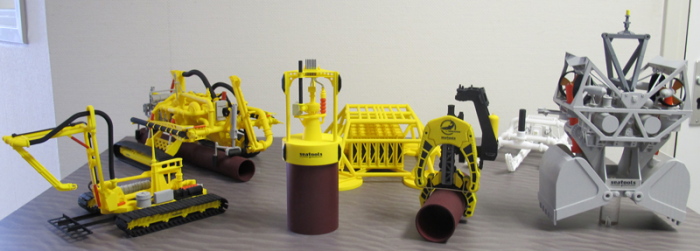
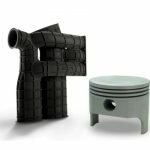 Behind the Scenes: Two Years of Material Science Development and Testing
Behind the Scenes: Two Years of Material Science Development and Testing
 3D Systems Announces Comprehensive Strategy to Evolve 3D Printing from Prototyping to Production
3D Systems Announces Comprehensive Strategy to Evolve 3D Printing from Prototyping to Production
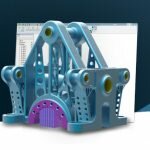 SOLIDWORKS Users Free to Create More Shapes, More Ways with New 3DXpert™ for SOLIDWORKS®
SOLIDWORKS Users Free to Create More Shapes, More Ways with New 3DXpert™ for SOLIDWORKS®
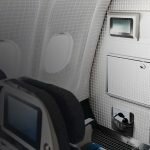 3D Systems to Keynote at Dubai Airshow 2017
3D Systems to Keynote at Dubai Airshow 2017
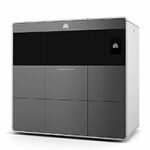 3D Systems Introduces a Multi-Material 3D Printer Solution with Breakthrough Total Cost of Operations
3D Systems Introduces a Multi-Material 3D Printer Solution with Breakthrough Total Cost of Operations


